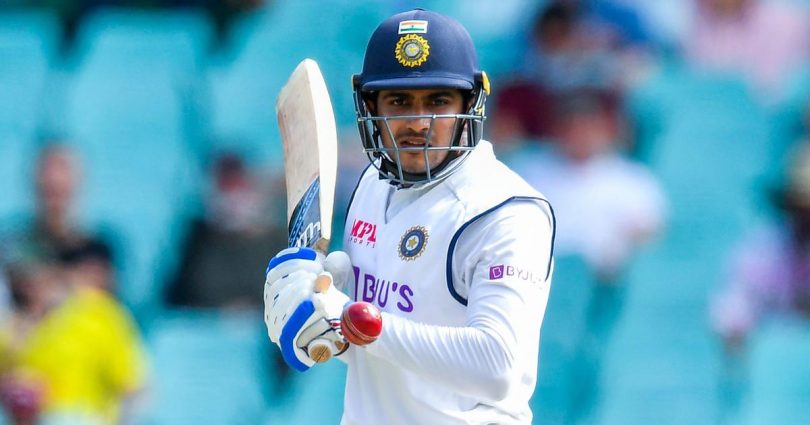Shubman Gill has been regarded as the next-big-thing in Indian cricket. In the recently-concluded Border-Gavaskar Trophy in Australia, Gill ended the series as the fourth-highest run-getter for India, sixth overall, with a total of 259 runs in 3 Tests at an average of 51.80 with a best of 91 in the series-deciding fourth and final Test in Brisbane. The right-hander’s ability to play varied strokes on all parts of the ground and handle the extra pace and bounce of the Aussie trio of Pat Cummins, Josh Hazlewood and Mitchell Starc won applause from all corners.
Former West Indies cricketer-turned-commentator Ian Bishop also closely followed the India-Australia Test series, which Ajinkya Rahane & Co. won 2-1 to claim the Border-Gavaskar Trophy for the third consecutive time and earn their second successive Test series win against Aussies in their own backyard.
While Bishop was all praise for Gill in the manner in which he rose to the occasion and took up the opener’s slot, he also pointed out a flaw in his batting technique. Speaking in an interview on Sportstar, Bishop said, “In Australia, on those slightly bouncier pitches, Gill’s ability to play back and forward appropriately, to take on the short ball with aplomb, as a subcontinental player is the hallmark of the new generation of batsmen,” he stated.
He further opined, “This hasn’t always been that way, as we know. His eye-catching, tall, elegant, languid stroke play was easy on the eye. His willingness to respect a certain slow or fast phase of the game showed a good cricketing mind and willingness to be flexible. It wasn’t a case of ‘this is the one way I play and I’ll only play that way’. More than anything, he kept improving and not backing down.”
Regarding a flaw in Gill’s batting style, Bishop mentioned, “He does have a glitch in technique which I was concerned about. He plays often from the leg stump, or leg side of the ball, which encourages seamers to challenge him around the fourth or fifth stump and bring the outside edge into play.
Much in a way like Virender Sehwag used to do and he wasn’t too bad a player. In his final innings at Brisbane, he came across his stumps more at times and didn’t let his hands and bat stray too far from his body where he lost control of his stroke outside his eye line. So, he seems aware of it and is prepared to adapt. If he can achieve that, he will be able to continue to score under almost all conditions,” Bishop concluded.







